A Growing Urgency
China confronts a critical dual threat: widespread flooding and severe water scarcity. In July 2021, Zhengzhou endured its most intense rainstorm in recorded history, resulting in at least 31 fatalities and the displacement of over 1.24 million residents. Simultaneously, 24 provinces reported flooding, with 443 rivers overflowing—33 rising beyond historic flood levels—and more than 23.85 million people affected. Annually, water-related disasters have cost China approximately RMB 251 billion (USD 36 billion) between 2007 and 2016. With urbanization on pace to bring 70% of the population into cities by 2035, policy makers face mounting environmental and infrastructural pressures.
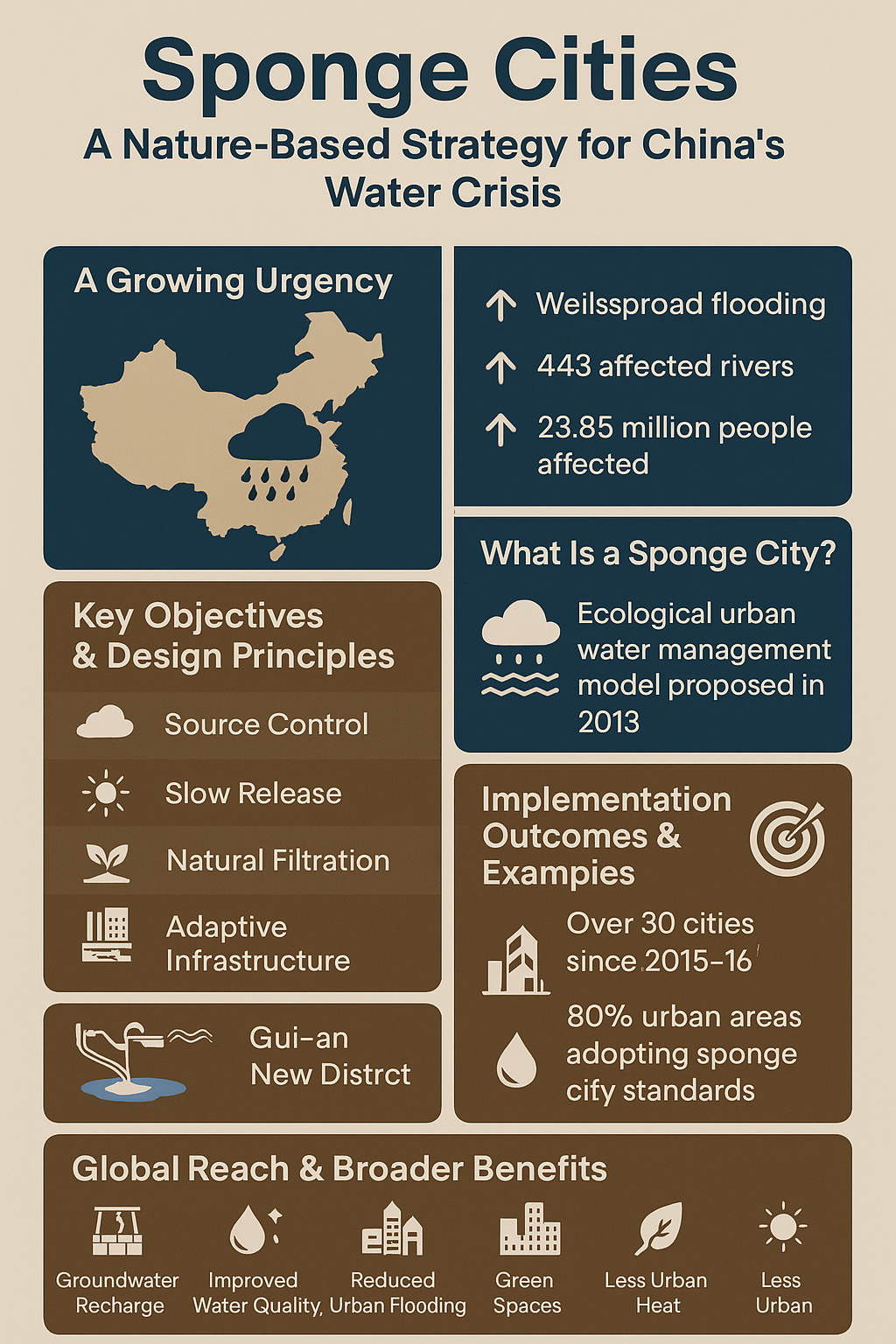
What Is a Sponge City?
Originally proposed by Professor Kongjian Yu in 2013, the sponge city model represents a paradigm shift in urban water management . Moving beyond traditional “gray” infrastructure (i.e. concrete and pipes), it emphasizes an ecological approach: absorb, store, filter, and reuse rainfall directly within city systems. Sponge cities integrate permeable surfaces, green roofs, wetlands, gardens, and ecological parks to handle stormwater sustainably.
Key Objectives & Design Principles
The sponge city framework rests on four pillars:
-
Source Control: Capture rainfall at its origin through bioswales, green roofs, and permeable pavements.
-
Slow Release: Reduce sudden runoff to minimize flooding risk.
-
Natural Filtration: Use vegetation and soil as living filters.
-
Adaptive Infrastructure: Blend constructed features with ecological systems for resilience and water reuse.
Multi-scale design—from neighborhood “sponge units” to city-wide networks—ensures flexibility and effectiveness across China’s varied climates and terrain.
National Rollout & Ambitious Targets
In 2014, China officially incorporated sponge city planning into national policy via the Central Government’s urban development strategy. Since 2015–2016, two batches of pilot cities—totaling over 30 urban regions—have led the initiative. The goal: by 2030, 80% of China’s urban built-up areas should comply with sponge city standards and reuse 70% of rainfall on‑site. To help finance the program, public–private partnerships and central fiscal subsidies have been introduced; however, achieving targets may require an estimated USD 230 billion in total investment, with the national government covering only about 20% of costs.
Implementation Outcomes & Examples
While many pilot cities have made progress, effectiveness varies. By 2022, 19 of 30 pilot cities still suffered flooding during heavy rains, highlighting the challenges of retrofitting legacy infrastructure. Nonetheless, notable successes include:
-
Gui‑an New District, near Shanghai: with a USD 1 billion investment in permeable paving and ecological monitoring systems—though infrastructure maintenance remains critical.
-
Sanya, Hainan Island: Mangrove restoration and wetland parks absorb runoff, reduce flood risk, improve water quality, and support biodiversity and ecotourism.
Global Reach and Broader Benefits
Beyond flood resilience and drought mitigation, sponge cities deliver multiple co‑benefits:
-
Recharge urban aquifers and replenish groundwater reserves
-
Improve water quality through natural filtration
-
Reduce urban heat island effects via greenery and evapotranspiration
-
Enhance urban biodiversity and human well-being
-
Raise property values and public health outcomes
Cities such as Vienna, New York, Berlin, and Los Angeles have adopted nature‑based infrastructure influenced by sponge city principles, proving its global relevance.
Moving Forward: Policy & Planning Implications
Sponge city design entails both a technical shift and a philosophical realignment—from channelizing water to working with nature. It demands:
-
Integrated planning frameworks that prioritize ecological infrastructure over conventional drainage
-
New financing models that incentivize decentralized, low-impact development
-
Community engagement and maintenance regimes to preserve sponge capacity over time
As Professor Kongjian Yu argues, cities must transition from gray infrastructure toward an ecologically adaptive system—what he terms a “sponge planet” approach—to truly address climate‑related water instability.
China’s sponge city initiative offers a visionary roadmap for urban water resilience. By embracing ecological infrastructure, it addresses flooding, water scarcity, pollution, and urban heat holistically. For firms like PangeaBuild—engaged in resilient urban development—the principles of sponge city design present a powerful model: one grounded in sustainability, adaptability, and nature‑based solutions.
We invite insights on how these strategies can be adapted and scaled for other regions—and how built environment professionals can integrate sponge city principles into future developments.
References
-
“Sponge City Concepts Could Be the Answer to China’s Impending Water Crisis” – Earth.org (August 2021). Provides the original overview of China’s sponge city initiative and its strategic water‑cycle innovations.
-
“Sponge city” – Wikipedia. Offers technical definitions, background on Kongjian Yu, pilot cities, and national targets.
-
“Kongjian Yu” – Wikipedia. Biographical and career details of the landscape architect behind the sponge city concept.
-
“The Designer Who’s Trying to Transform Your City Into a Sponge” – Wired (March 2024). Features Kongjian Yu’s philosophy and global adoption of sponge-city principles.
-
“If You Don’t Already Live in a Sponge City, You Will Soon” – Wired (2022). Discusses US and international cities embracing sponge infrastructure.
-
“Sponge cities: how we can adapt urban areas to beat the rain” – The Times (2024). Illustrates UK and European examples of sponge-city adaptation plus social and environmental benefits.
-
“How ‘sponge cities’ are turning the tide on urban water issues” – Valuing Water Initiative (2021). Examines Chinese pilot projects like Chongqing and contextualizes ancient water strategies in modern planning.
-
“Sponge Cities: Kongjian Yu’s Absorbing Vision for Resilient Design” – Waterfront Alliance (April 2025). Presents nature-based approaches to stormwater capture, filtration, and reuse.
-
“Kongjian Yu, Champion of ‘Sponge Cities’ Concept for Addressing Climate Change Accelerated Urban Flooding” – The Cultural Landscape Foundation (Press release, October 17, 2023). Notes the Cornelia Hahn Oberlander Prize and confirms national policy adoption in 2013, plus milestones: goal of 80% urban rainfall capture by 2030.
Reference Links
-
https://earth.org/sponge-cities-could-be-the-answer-to-impending-water-crisis-in-china/
-
https://www.wired.com/story/the-designer-whos-trying-to-transform-your-city-into-a-sponge
-
https://www.wired.com/story/if-you-dont-already-live-in-a-sponge-city-you-will-soon
-
https://www.thetimes.co.uk/article/how-to-make-our-cities-more-spongy-and-less-flood-prone-kqb69nmzb


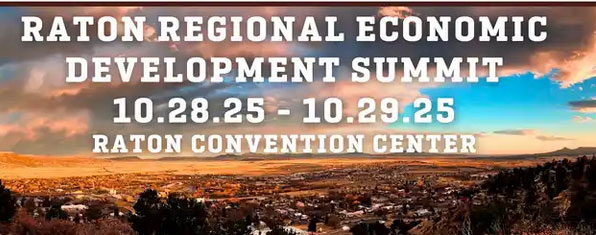
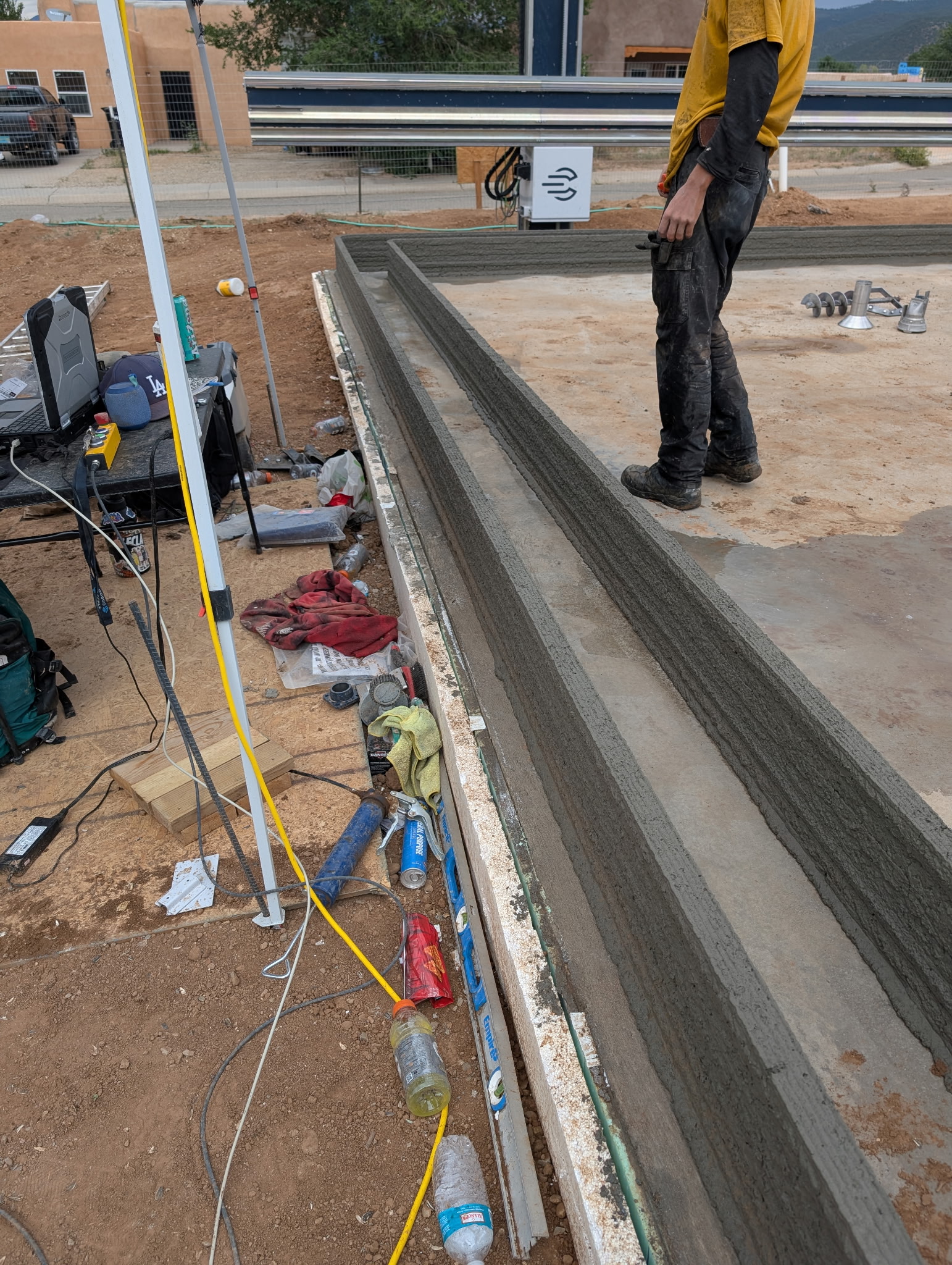
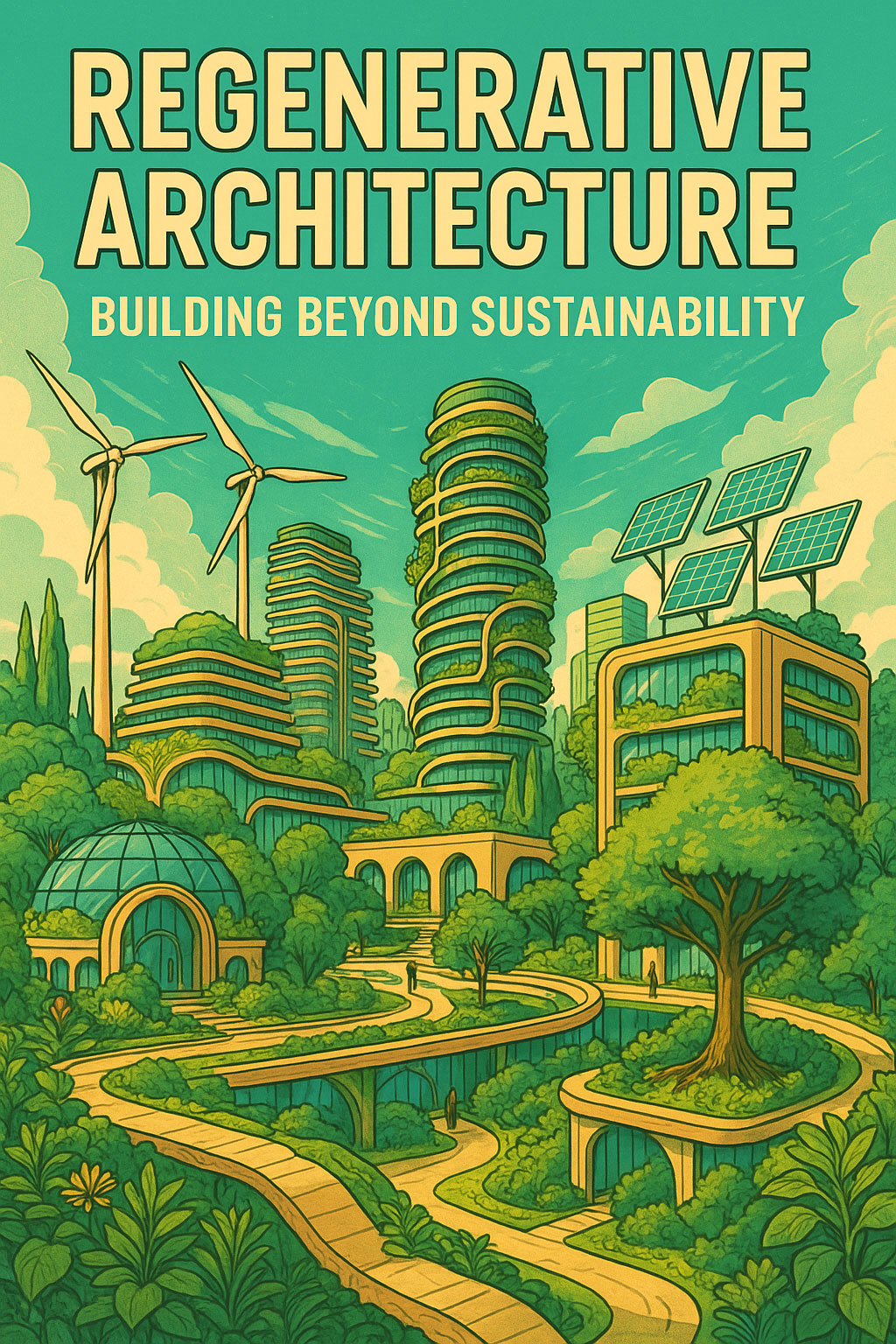

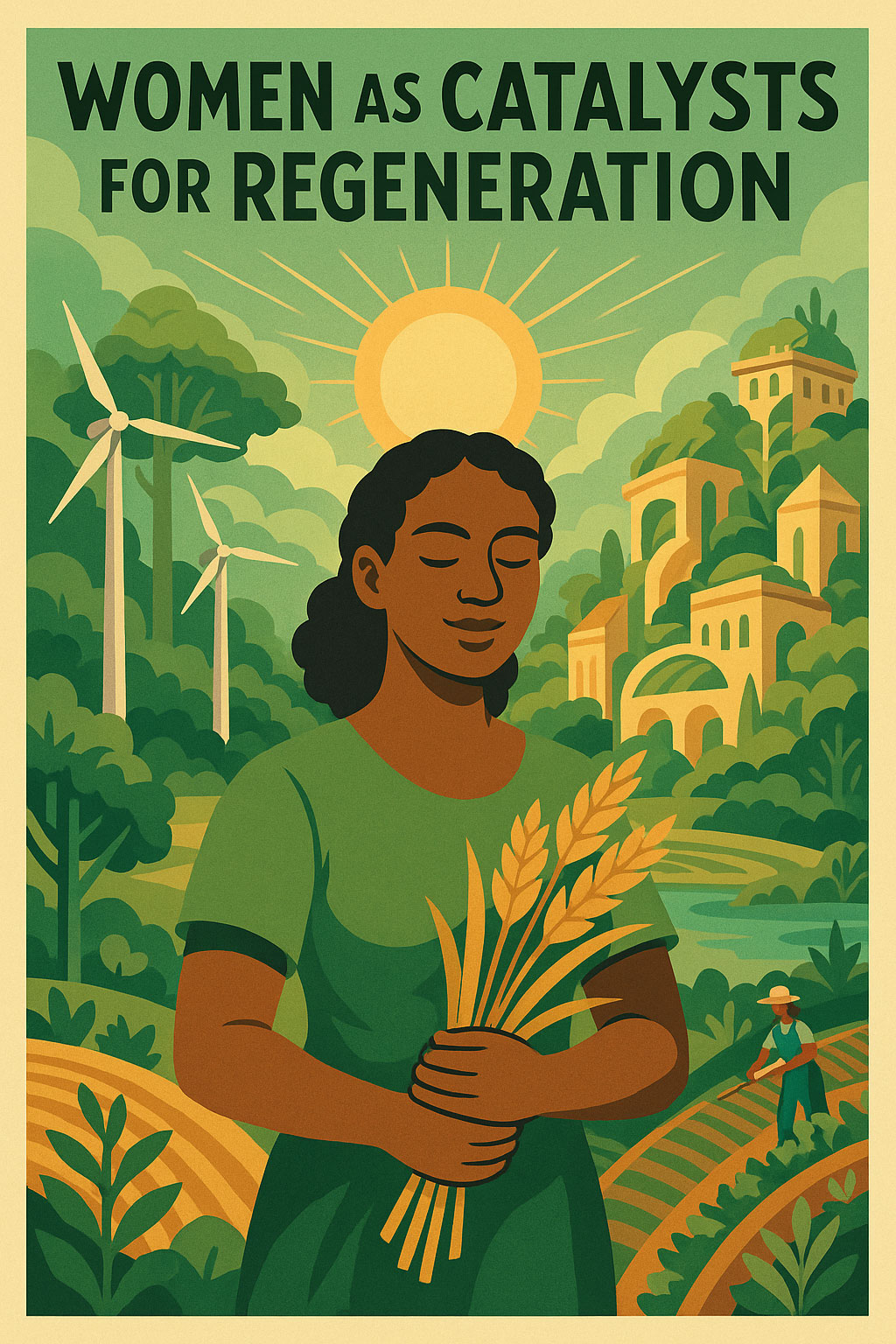
Leave A Comment